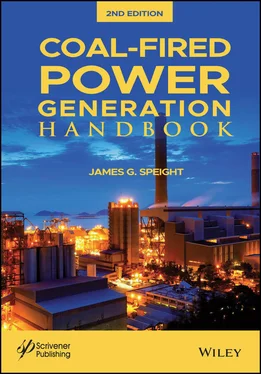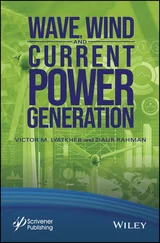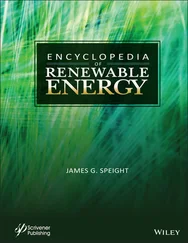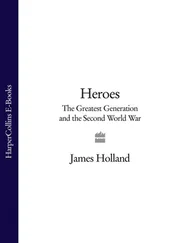Table 1.5 Distribution of US Coal Reserves (% of total) (Energy information Administration, 2011).
| Region* |
Underground minable (%) |
Surface minable (%) |
Total (%) |
| Eastern United States |
36.9 |
8.2 |
45.1 |
| Western United States |
30.8 |
24.1 |
54.9 |
| Total United States |
67.7 |
32.3 |
100.0 |
*Mississippi River is dividing line beteween East and West.
Table 1.6 Sulfur content of US Coals by Region (Energy information Administration, 2011).
| Region |
No. of samples |
Organic S (%) |
Pyritic S (%) |
Total (%) |
| N. Appalachia |
227 |
1.00 |
2.07 |
3.01 |
| S. Appalachia |
35 |
0.67 |
0.37 |
1.04 |
| E. Midwest |
95 |
1.63 |
2.29 |
3.92 |
| W. Midwest |
44 |
1.67 |
3.58 |
5.25 |
| Western |
44 |
0.45 |
0.23 |
0.68 |
| Alabama |
10 |
0.64 |
0.69 |
1.33 |
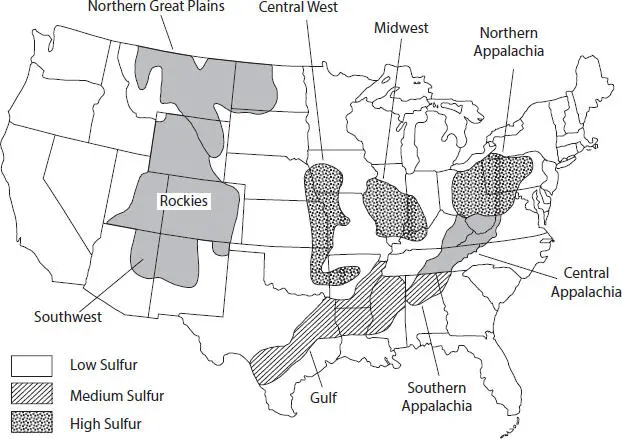
Figure 1.3Distribution of Sulfur content of US Coals (Energy information Administration, 2011).
Furthermore, the two oil shocks of 1973 and 1979, as well as the political shock that occurred in Iran in 1979, were related to the rediscovery of coal through the realization that the United States and other Western countries had developed a very expensive habit insofar as they not only had a growing dependence upon foreign oil but they craved the energy-giving liquid! The discovery of the North Sea oil fields gave some respite to an oil-thirsty Europe but the resurgence of coal in the United States continued with the official rebirth of coal in 1977 as a major contributor to the National Energy Plan of the United States. It is to be hoped that future scenarios foresee the use of coal as a major source of energy; the reserves are certainly there and the opportunities to use coal as a clean, environmentally acceptable fuel are increasing.
The question to be asked by any country, and Canada did ask this question in the early 1970s, is “What price are we willing to pay for energy independence?” There may never be any simple answer to such a question. But, put in the simplest form, the question states that if the United States, or, for that matter, any energy consumers, are to wean themselves from imported oil (i.e., nonindigenous energy sources) there will be an economic and environmental cost if alternate sources are to be secured (NRC, 1979; NRC, 1990). In this light, there is a study which indicates that coal is by far the cheapest fossil fuel. However, the costs are calculated on a cost per Btu basis for electricity generation only and whilst they do show the benefits for using coal for this purpose, the data should not be purported to be generally applicable to all aspects of coal utilization.
Nevertheless, the promise for the use of coal is there insofar as the data do show the more stable price dependability of coal. If price stability can be maintained at a competitive level and the environmental issues can be addressed successfully, there is a future for coal – a long future and a bright future.
Finally, the issues logic of distinguishing between resources (which include which include additional amounts of coal such as inferred/assumed/speculative reserves) and proven reserves (which are defined as being proved) is that over time production and exploration activities allow resources to be reclassified into proven reserves .
The coal reserves and resources of the world are difficult to assess because of the lack of accurate data for individual countries. Two fundamental problems make these estimates difficult and subjective. The first problem concerns differences in the definition of terms such as proven reserves (generally only those quantities that are recoverable) and geological resources (generally the total amount of coal present, whether or not recoverable at present).
Thus, in any text dealing with coal, there must be recognition, and definition, of the terminology used to describe the amounts, or reserves of coal available for recovery and processing. But the terminology used to describe coal (and for that matter any fossil fuel or mineral) resource is often difficult to define with any degree of precision (Speight, 2011b, 2014, 2020).
Different classification schemes ( Chapter 2) often use different words which should, in theory, mean the same but there will always be some difference in the way in which the terms can be interpreted. It might even be wondered that if the words themselves leave much latitude in the manner of their interpretation, how the resource base can be determined with any precision. The terminology used here is that more commonly found although other systems do exist and should be treated with caution in the interpretation.
Generally, when estimates of coal supply are developed, there must be a line of demarcation between coal reserves and resources . Reserves are coal deposits that can be mined economically with existing technology, or current equipment and methods. Resources are an estimate of the total coal deposits, regardless of whether the deposits are commercially accessible. For example, world coal reserves were estimated to be in excess of one trillion tons (1 x 10 12tons) and world coal resources were estimated to approximately 10 trillion tons (10 x 10 12tons) and are geographically distributed in Europe, including all of Russia and the other countries that made up the former Soviet Union, North America, Asia, Australia, Africa, and South America ( Table 1.7).
However, there are definitions that go beyond reserves and resources . To begin at the beginning, the energy resources of the Earth are subdivided into a variety of categories (Figure 1.4) and the resources of coal (as well as each of the other fossil fuel resources) can be further subdivided into different categories (Figure 1.5) (Speight, 2013, 2014, 2020).
The proven reserves for any commodity should provide a reasonably accurate estimate of the amount that can be recovered under existing operating and economic conditions. To be economically mineable, a coal seam (coalbed, also called a coalbed, hence coal bed methane) bed must have a minimum thickness (approximately 2 feet) and be buried less than some maximum depth (approximately 6,600 feet) below the surface of the Earth. These values of thickness and depth are not fixed but change with criteria such as (i) coal quality, (ii) coal demand, (iii) the ease with which overlying rocks can be removed for surface mining or a shaft sunk to reach the coal seam for underground mining. The development of new mining techniques may increase the amount of coal that can be extracted relative to the amount that cannot be removed. For example, in underground mining, which accounts for approximately 60% w/w of world coal production, conventional mining (pillar mining) methods leave behind large pillars of coal to support the overlying rocks and recover only about half of the coal present. On the other hand, longwall mining, in which the equipment removes continuous parallel bands of coal, may recover almost all the coal present in the seam.
Читать дальше
